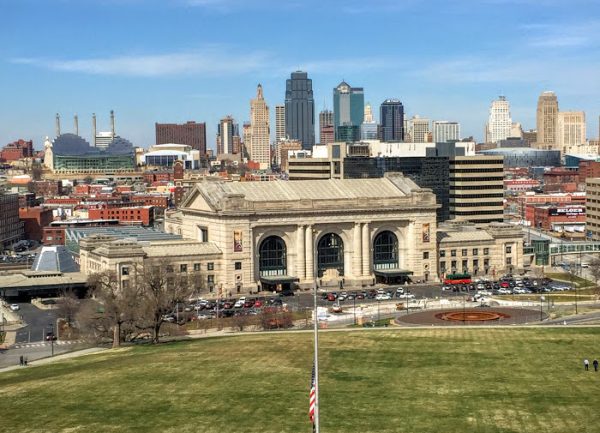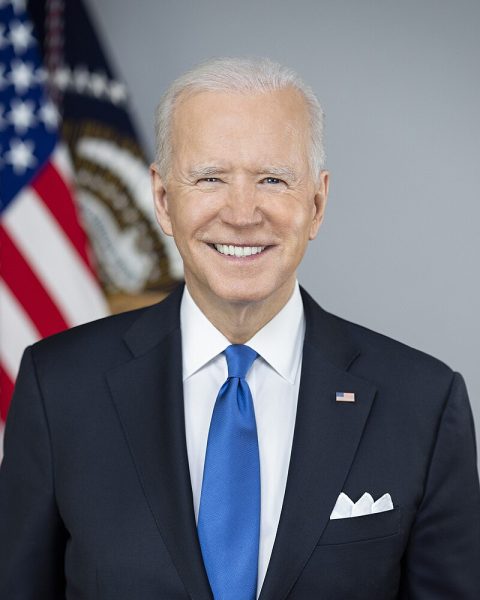Trump’s COVID-19 Infection
President Trump has been about as forthcoming with his medical records as he has his tax returns, and there are many reasons why he would have wanted to hide his COVID-19 test results in the final weeks of a tough re-election campaign. Admitting that he had COVID-19 would undermine his downplaying of the virus and dismissal of masks, and expose his insistence on holding large in-person events as irresponsible.
According to the New York Times, the President was admitted to Walter Reed Military Hospital with the virus on Oct. 3. The President’s stay in the hospital did not stop his usual Twitter rants. On Oct. 4, Trump posted a video of himself standing in his hospital suite, which, according to Seth Meyers, “cost more than the $750 you paid in taxes.” In that video, the president said he had “learned a lot about COVID” from his treatments.
When he returned to the White House on Oct. 5, Trump posted a Twitter update regarding his condition.
“Don’t be afraid of COVID. Don’t let it dominate your life,” the President tweeted, adding that he felt “better than I did 20 years ago!”
However, many were skeptical that Trump had overcome the disease as well as he claimed. His doctors gave scant information about his illness, and sidestepped questions about how long he might have had the virus. Medical experts questioned his hasty discharge, pointing out that he had been administered experimental treatments normally reserved for serious cases.
Despite his tortured efforts to avoid answering specific questions, which continued at a second briefing Sunday, Dr. Sean Conley, the White House physician, said just enough to raise a concern that would have been inconceivable at any other time and with any other president. If Trump had not developed symptoms, would the White House have shared news of his positive test, or would they have simply tried to ride it out, hoping he could continue as usual?
Stephen Colbert from the Late Night Show noted that when Trump arrived back at the White House on Monday, standing on a balcony and immediately removing his mask, he was returned to a site where many had already been infected.
There are several possible reasons for Trump’s decision not to disclose information about his diagnosis. To admit he tested positive would sideline him and force him off the campaign trail in the final, critical weeks of the campaign.
To admit that he had the virus would also spoil the caricature of the 2020 race that he has tried so hard to create—Trump, the relentless, indefatigable warrior versus Biden, an enfeebled and malleable shut-in.
Revealing his diagnosis would undermine Trump’s mockery of Biden for wearing a mask in public and for following the guidance of Trump’s own coronavirus task force—guidance that Trump himself has routinely flouted.
When the president sneezes, America gets a cold. When the president gets COVID-19, America, too, must contemplate its frailty. His pathologies are our pathologies. Trump, like COVID, has scrambled our sense of national identity, with effects that will linger beyond Nov. 3. What have these past four years done to us—and what will it take to recover? Will we be humbled by weakness, or plunge forward in a state of dangerous denial?
At the time this article was written, the President was still taking Dexamethasone, a steroid that is typically given only to people with serious cases of COVID-19, and had yet to finish a five-day course of Remdesivir, an antiviral medication. The fact that the President will not allow doctors to release the results of his chest scan means that the public cannot tell whether the infection has damaged his lungs.





